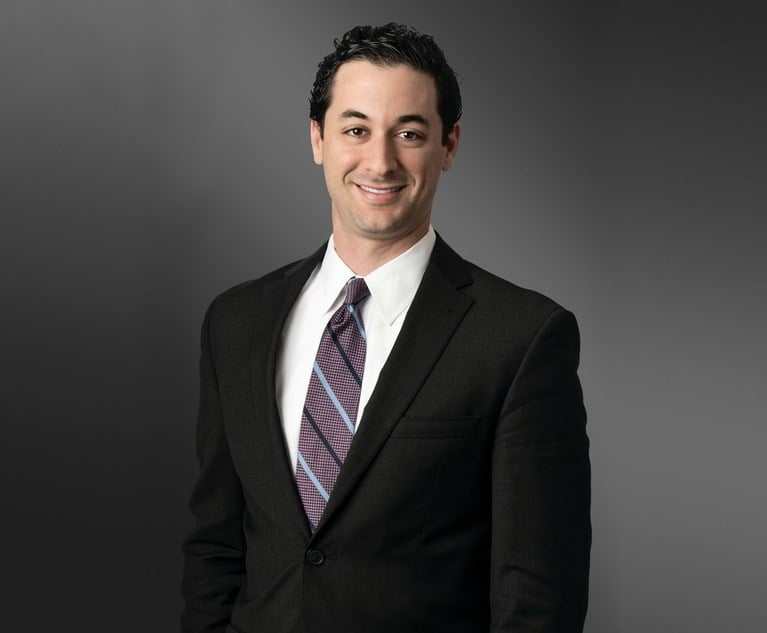In September 2013, the WCAIS (workers’ compensation automation and integration system) went live in Pennsylvania implementing EDI (electronic data interchange) transactions between companies and the commonwealth. The idea was to permit the exchange of large volumes of accident and injury information from companies to the state in an expedited and more efficient form than on paper.
In 2016, the WCAIS was updated to include “forms solutions” to further streamline the filing of the heaviest volume forms: those establishing or denying compensation for a work injury. The Bureau of Workers’ Compensation states that four forms accounted for 45 percent of all filings in 2015: notice of compensation payable (NCP), notice of compensation denial (NCD), notice of temporary compensation payable (TNCP) and notice stopping temporary compensation. The new product was designed to eliminate paper filings, remove duplicate entries, save on postage, allow immediate regulatory filings and more information transferred to the bureau each day which would “result in more accurate filing and better claims handling.”


 Maureen “Morty” Cassidy of Pond Lehocky Stern Giordano.
Maureen “Morty” Cassidy of Pond Lehocky Stern Giordano.




